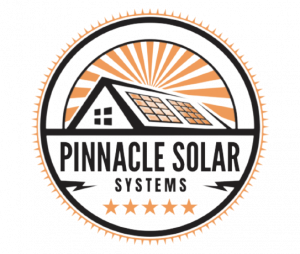Solar Panels and Hail: Building Resilience for All Weather Challenges
Solar power is on the rise, and solar panels have become an integral part of the push towards clean and sustainable energy. As we embrace this eco-friendly solution, it’s crucial to consider how solar panels stand up to various environmental challenges, especially hailstorms. Hail can be a formidable force of nature, and it’s essential that solar panels are built to endure and thrive in all weather conditions.
The Anatomy of Solar Panels
To understand how solar panels withstand hail, we need to delve into their construction. Solar panels are designed with multiple protective layers. At the top, there’s a glass cover that shields the inner components from external elements. Below the glass, there are encapsulants and back sheets that protect the solar cells and electrical components. The combination of these layers gives solar panels the structural strength they need to endure harsh weather, including hail.
Testing the Resilience
Before solar panels make their way to rooftops and solar farms, they undergo rigorous testing to ensure they can withstand the forces of nature. This includes impact resistance tests where hailstones of various sizes and speeds are fired at the panels to simulate real-world hail conditions. Panels that pass these tests are certified as “hail-resistant” or “hail-proof,” depending on their performance.
Understanding Impact Resistance
Solar panels are categorized based on their impact resistance, which typically refers to hailstone size and impact velocity. For example, a solar panel might be certified to withstand hailstones of 1 inch (25 mm) in diameter at a velocity of 50 mph (80 km/h). Panels designed to endure larger hailstones at higher speeds are generally more expensive.
The Role of Installation and Angle
The angle at which solar panels are installed can also influence their resilience to hail. Panels that are tilted at a steeper angle may experience fewer direct impacts during a hailstorm. Additionally, some solar panel mounting systems incorporate anti-hail measures, such as hail guards or shields, to provide additional protection.
Considering Geographical Factors
The likelihood of hailstorms varies by location. Areas prone to frequent and severe hailstorms may require the installation of more robust, hail-resistant solar panels. It’s crucial to consider climate data and historical hail records when choosing the right panel for your location.
Insurance and Warranty
Homeowners and businesses often have insurance policies that cover solar panel damage from hail. Manufacturers also provide warranties that cover panel damage under specific conditions. Review your insurance coverage and the manufacturer’s warranty to understand what’s included and the steps to follow in case of hail damage.
In Conclusion
Solar panels have come a long way in terms of resilience against hail and other harsh weather conditions. They are rigorously tested to ensure they can withstand the force of hailstones. However, the choice of solar panels, proper installation, and regular maintenance play a significant role in their performance. By selecting the right type of solar panel for your location and ensuring proper care, you can confidently harness the power of solar energy while having peace of mind that your investment is built to last and thrive, even in the face of hailstorms and other weather challenges.

